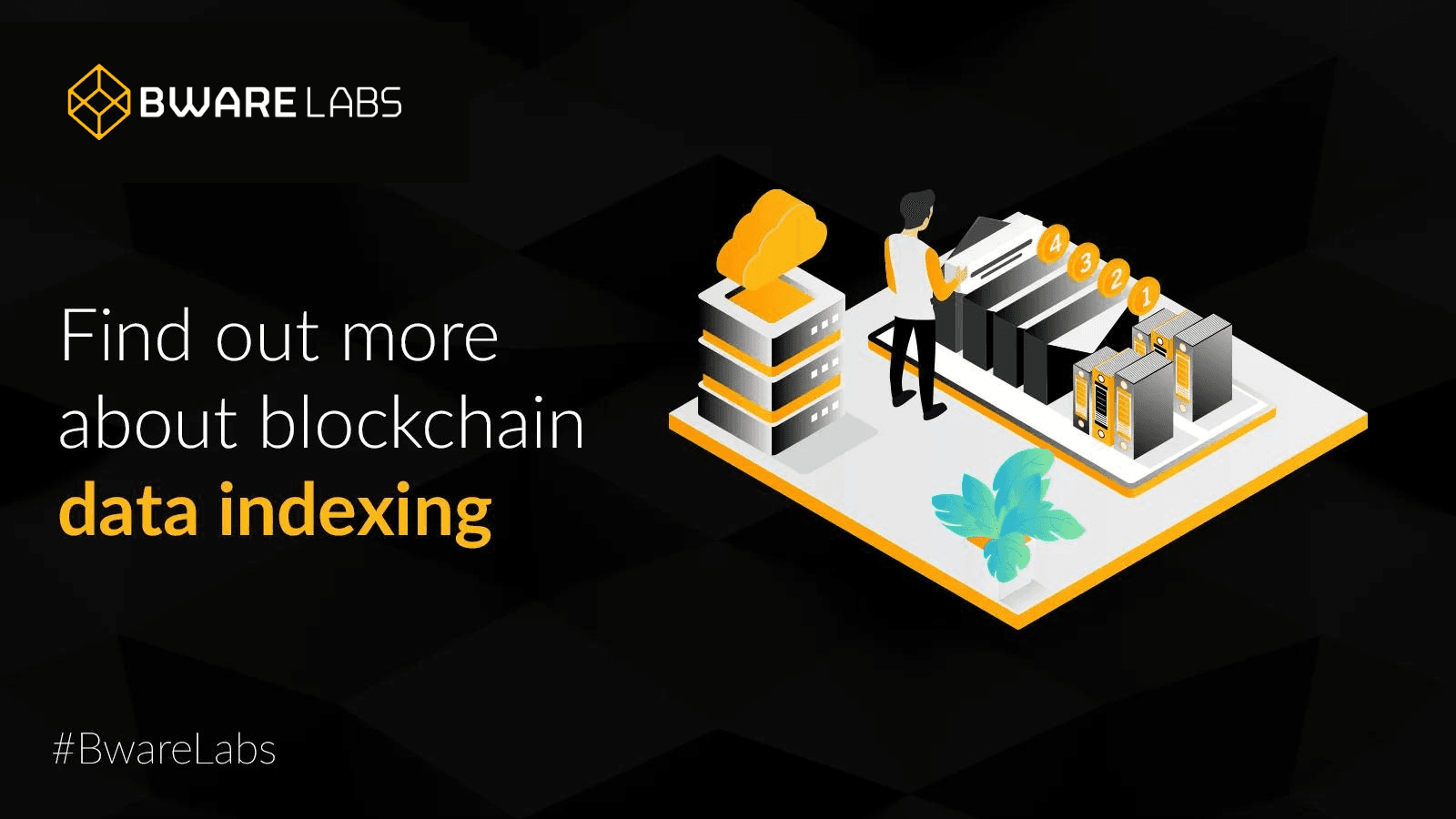
What Is Blockchain Indexing and How Does It Work?
Bware Labs Team
Although blockchain technology hasn’t seen a large-scale adoption, it has evolved with more and more industry applications and companies integrating it into their business models. Naturally, users need to easily find, recognize and categorize blockchain data, like accounts or transactions or query any data they need to use in their dApps.
Hence, the need for blockchain indexing to expand this technology’s reach and usability. But as the information is stored on nodes, blockchain indexing is a tricky endeavor.
Read below and find out more about:
- what is blockchain indexing
- what are the challenges with indexing
- the Graph’s solution to query blockchain data
- how you can use Blast as a 3rd party indexing service
What Is Blockchain Indexing?
Often compared to a database, blockchain technology stores encrypted data blocks in a decentralized network, with each series of blocks chained together. Each block keeps records of all new transactions processed in that block and information from the previous block.
With blockchain’s time-ordered structure, the data linked to it is scattered across numerous blocks and lacks a default mechanism to identify or query high-level blockchain data.
With blockchain indexing, users can filter and locate data or search for specific words the same way you search for information online on Google, Bing, or any other search engine.
The Issues with Indexing Blockchain Data
Decentralized infrastructures create the following barriers to indexing and querying the right information:
- Lack of a query language
Unlike a typical, centralized database, blockchain’s immutable nature makes it very difficult to read data directly; blockchains don’t have an initial query language the way regular databases have SQL.
You’d need to go block by block to access simple information like an account’s transaction history.
Reading or accessing data is even more challenging when building a dApp since it requires large amounts of data processing. For instance, you need a code to interact with a dApp’s data because each type of database has a query language linked with inquiry data.
- Data entanglement
Blockchain’s node structures make it difficult to retrieve the data you’re looking for; Ethereum-like blockchains spread historical records in events that are then stored in a separate part of the node. Some public nodes limit access to those events, leading to a significant delay in the query process.
- Limited APIs
Current APIs can only provide simple queries, like range queries (these can be records from a specific time period or a certain amount of transactions) or top-k queries (a relative ranking of various data).
How The Graph Solved the Issue of Decentralized Indexing
Nicknamed Google of the blockchain, The Graph is an open-source and decentralized indexing protocol that makes the process of finding any information on Ethereum-based blockchains simple and fast. The Graph uses GraphQL — a query language for APIs.
The Graph tool uses “subgraphs” to access dApps through public and open APIs. These subgraphs scan network blocks and smart contracts and collect data from different sources in one API call.
Subgraphs include:
- the GraphQL schema — covers database entities and links
- the subgraph manifest — includes information about data sources, templates, and features
- the indexing logic — covers details about how to process and store blockchain data and activity
The Graph has set three types of network participants to make the Graph network work seamlessly:
- Delegators: delegate their GRT (The Graph’s tokens) to indexers (gaining a part of the Indexer’s query fees and rewards); they secure the network even if they don’t need to run a full node by themselves
- Indexers (node operators): stake GRTs and offer indexing and querying services based on supply and demand; in return, indexers earn query fees and indexing rewards
- Curators (subgraph developers): through signaling, they decide which information is worth indexing; they give a sign to indexers which subgraphs are high-quality and should be indexed.
You Can Index Using Third-Party Services
As indexing data on blockchain networks can be tedious and time-consuming, third-party indexing services are now gaining traction in the Web3 space.
These providers, us included, can employ the Graph’s open-source solution to query blockchain data according to a project’s specific needs.
Thus, a Web3 blockchain developer can locate and filter the data needed for further development more easily without the hassle of setting up their own data querying infrastructure.
Bware Labs Offers Blockchain Indexing Services Using The Graph Technology
Adding blockchain data indexing services to our umbrella of products is an organic development toward our mission to empower Web3 development. To increase blockchain technology adoption, we need to provide blockchain developers with services that can ease their work and allow them to focus solely on building amazing dApps for their users.
Therefore, we now offer on-demand data indexing services for all EVM-compatible blockchains. Yes, you read that right: ALL of them! Even those that aren’t yet added to our API infrastructure platform, Blast.
We can create customized analysis plans tailored to the specific needs of every blockchain project and deliver the data needed for further development while taking the edge of setting up a blockchain backend infrastructure needed for querying data.
Contact us for more details!

